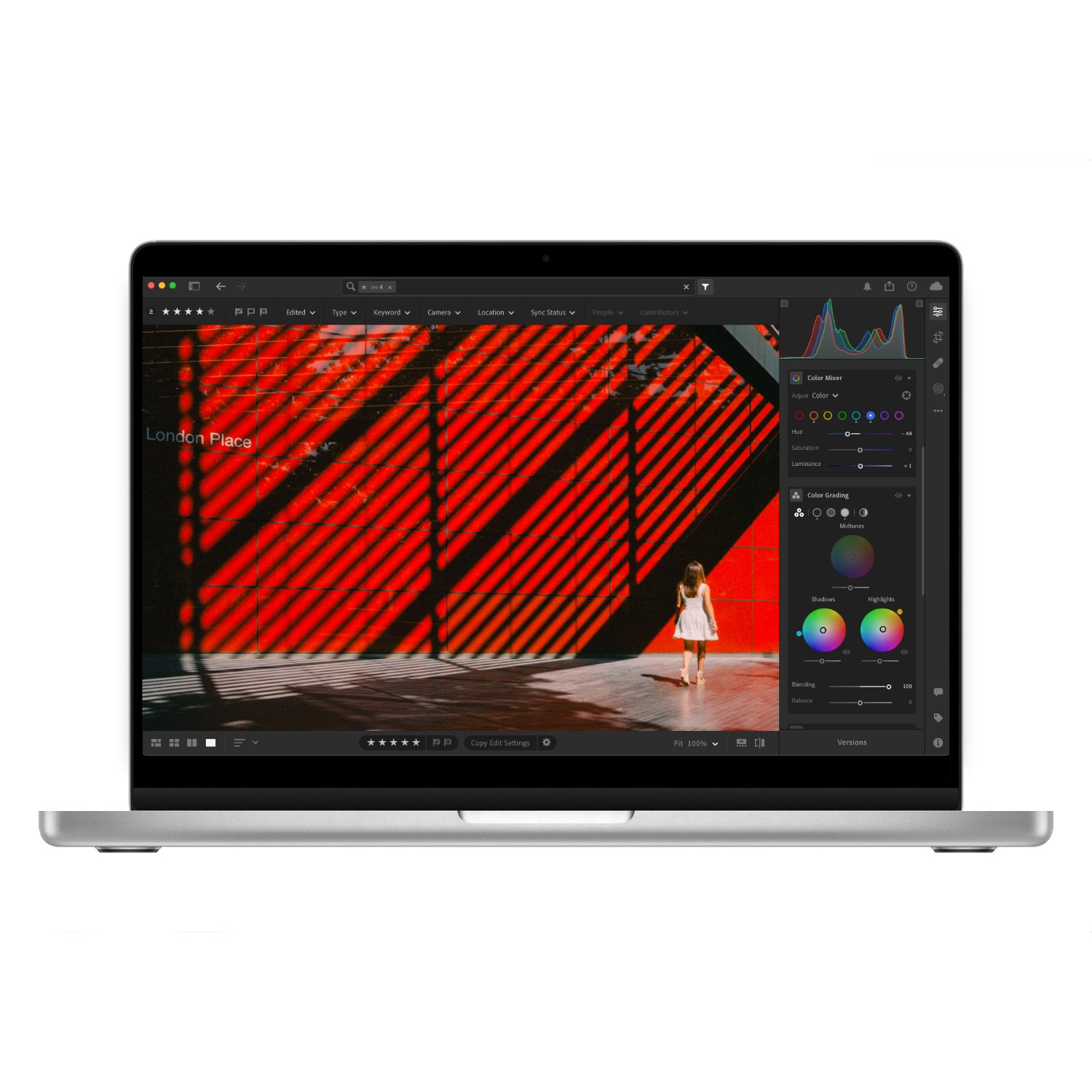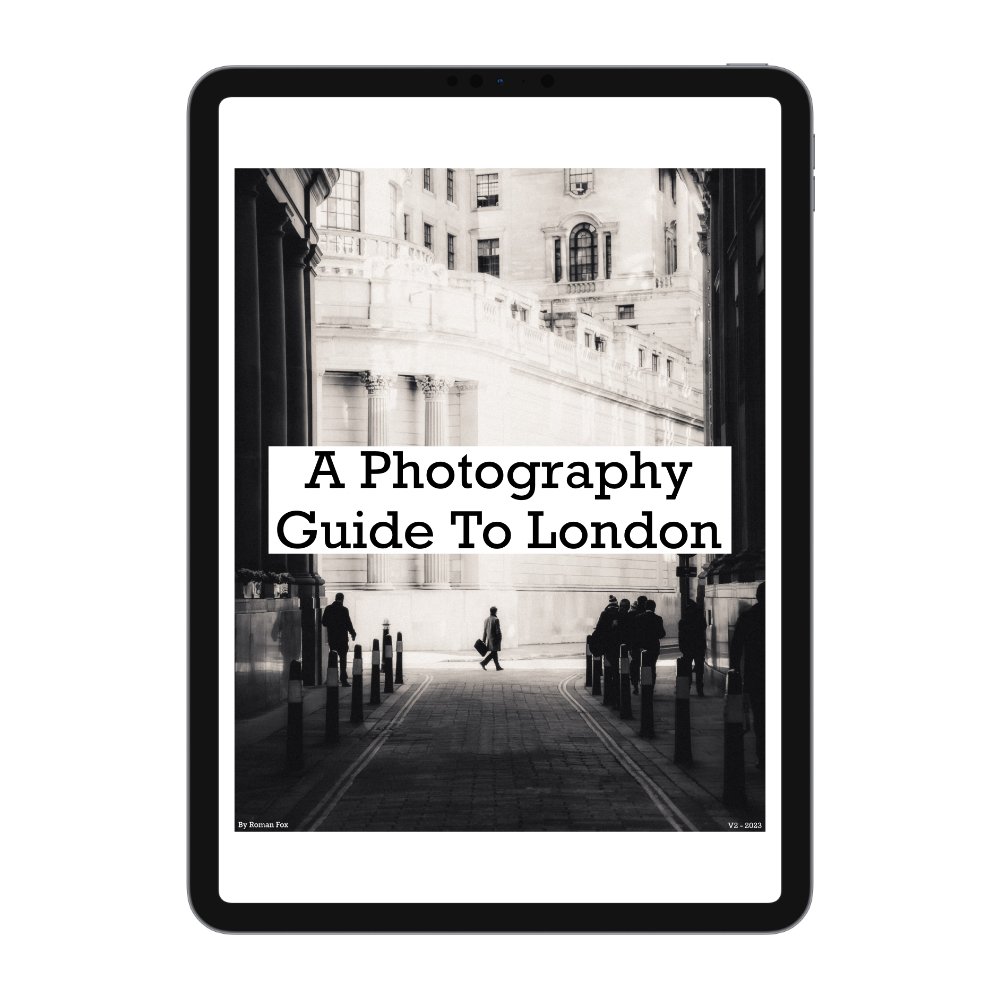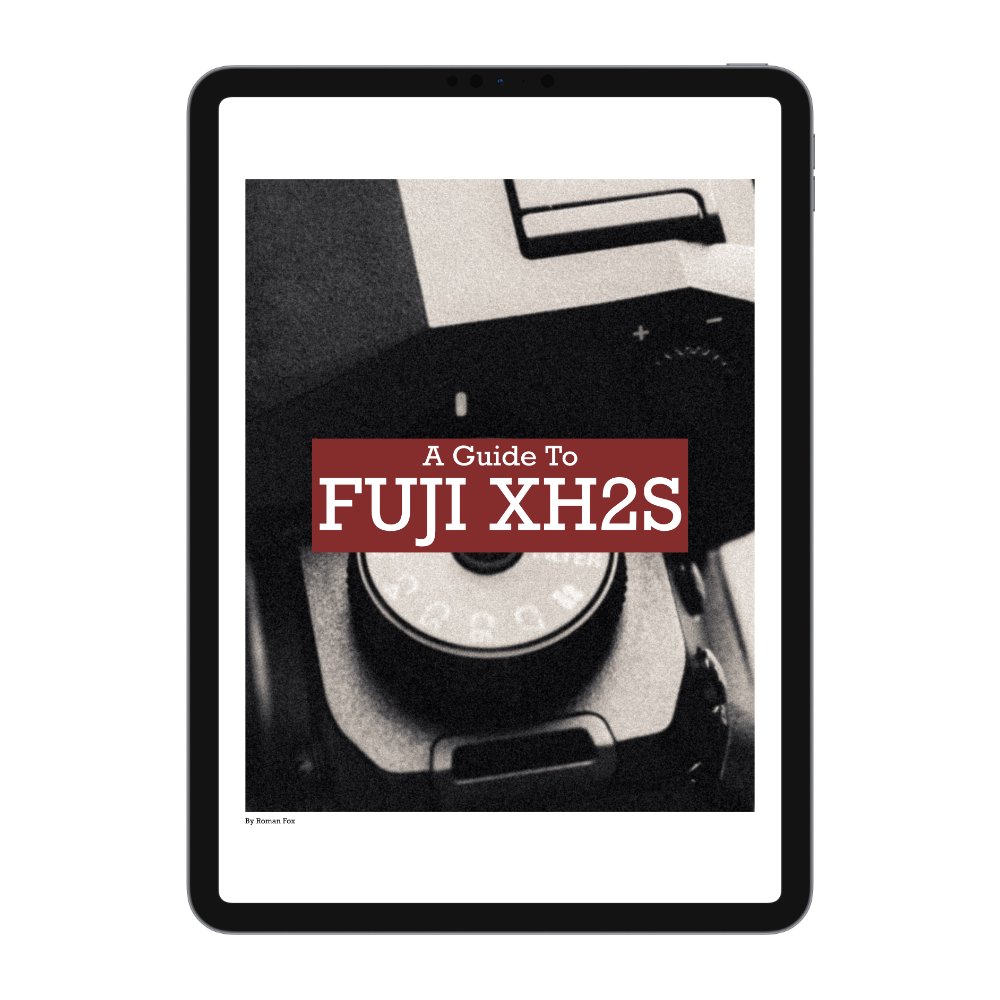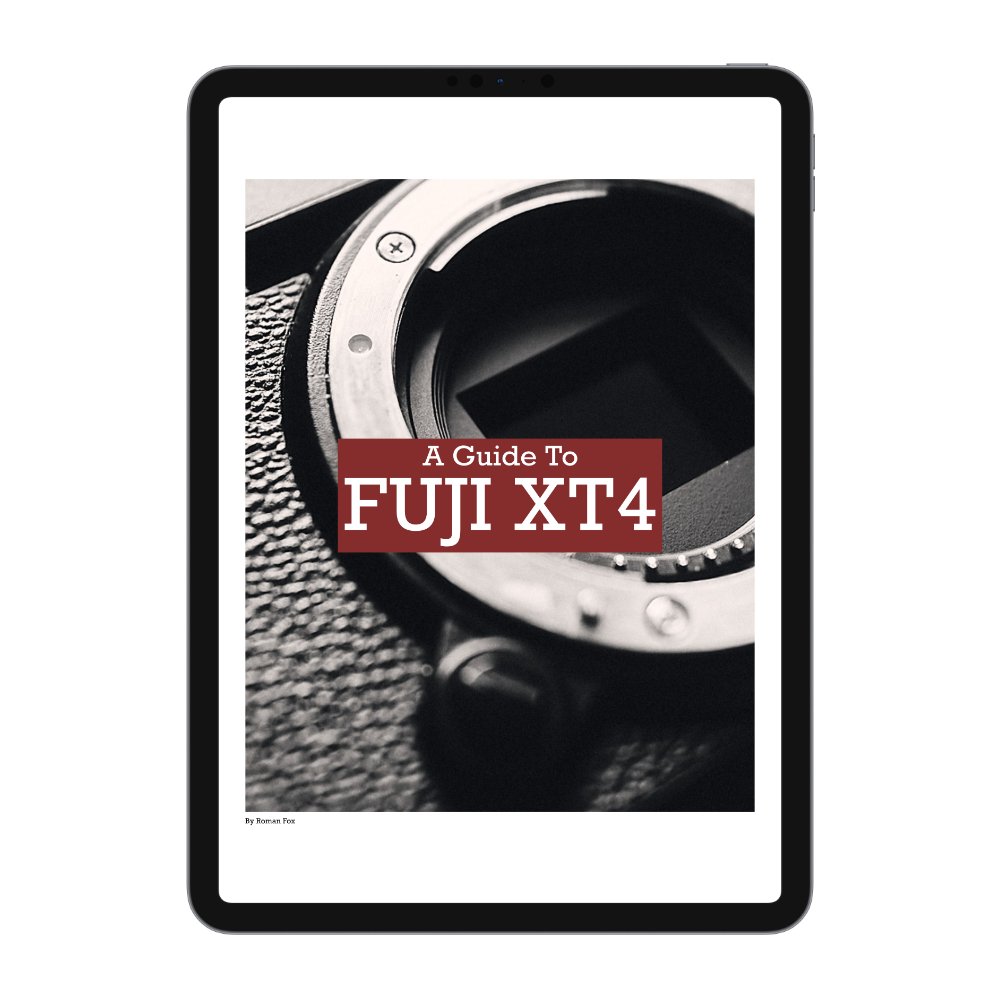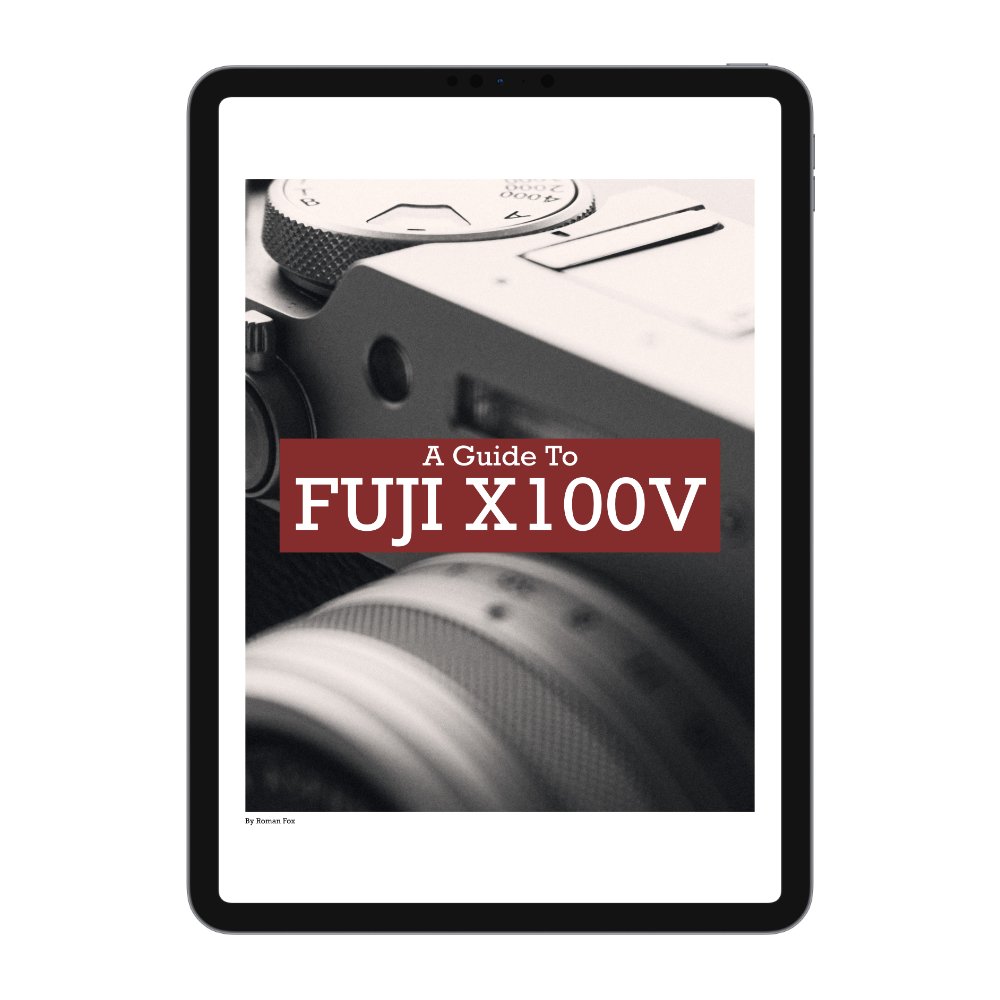Primes vs Zooms
Primes vs zooms is an age old debate with many taking firm sides and arguing their loyalty to a certain type of lens till the cows come home. However I don’t think pitting them against each other is the best way forward because lenses are tools and just like you wouldn’t use a sledge hammer to hang a print on a wall, you might find that certain lenses have their own use cases. In this blog we will briefly cover where you might pick one over the other.
Let’s start with zooms for the simple reason that many of us start with zooms in form of kit lenses that come with our first camera. If you’re a total beginner a zoom is the best lens choice because it will allow you to experiment with different focal lengths in an easy and affordable package. A general 24-70 zoom covers every important focal length that you would use for the rest of your life and what better way to find your favourite than by having them all. Over time you will find yourself gravitating towards one or two focal lengths and that could be a hint to what future prime you might get. After a year or so shooting with the zoom, see which focal length you used the most.
A zoom is a worthy choice when exploring a new location. Not every location works with every focal length and by only having one prime, you can sometimes try to force that focal length on the location while missing other possibilities. By arriving somewhere new with a zoom, you can see the place in different ways and find that perhaps Venice looks best at 70mm while London is more of a 35mm spot.
Another good use for a zoom is when you physically can’t move or you have no control over your movement. For example shooting out of a car is best done with zooms because you can quickly go from interior shots at 24mm to getting details far away at 70mm.
Finally zooms are amazing for travel when you don’t know what you will encounter. You want to travel minimally and not risk missing a moment because you’re faffing around changing primes… I’ve been there. To piggy back on this, zooms are perfect for extreme environments, bad weather or dusty locations.
A zoom lens sounds like the perfect solution, so why would one choose a prime lens instead? Let’s start with the most objective reasons:
Small
Light
Better Image Quality (although zooms are catching up)
Faster lens (you can go down to f1 now)
More affordable
A prime lens is what you’d choose if you want to throw your camera round your shoulder and go for a long walk along the beach. Primes get out of your way and at least for me, allow me to focus more on being present. A prime lens also allows you to react quicker thus reducing missed shots because you no longer need to zoom or think about zooming. Primes are great for making you see the world in a certain focal length which in turn can make you a better photographer even when you go back to a zoom. Primes force you to move around the scene, to get closer to your subject, to rethink your composition, to find alternative angles and to work around problems. Put simply, shooting with primes makes you a better photographer. Finally primes are simply more fun.

